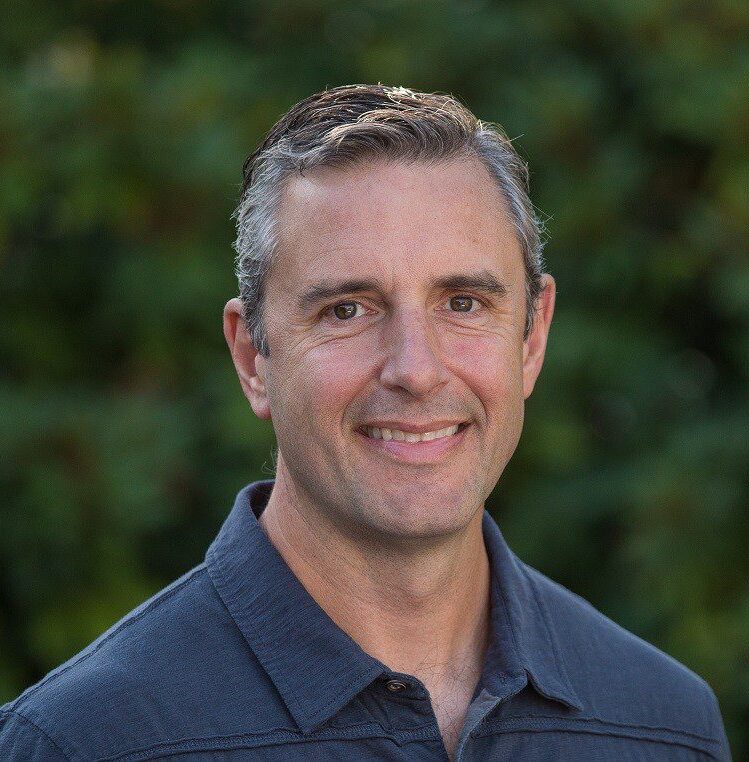Your business thrives when you have the right tools, resources, and community to support your goals. That’s where Outdoor Industry Association (OIA) comes in. More than a trade association, OIA is a member-led collective of businesses like yours—leaders, innovators, and changemakers—who are shaping the outdoor industry’s future while achieving measurable success today.
We know what matters to you: growing your business, staying competitive, and leading with purpose. OIA is here to deliver the education, events, and business intelligence you need to seize opportunities, tackle challenges, and drive results.
Here’s how you can make the most of your OIA membership in the coming year:
1. Use Your Outside Voice Through Advocacy
Timely engagement on issues critical to the health of our businesses and industry is not just the right thing to do—it’s a must do. We unify the voices of small and large companies across the country to promote policies and programs to save money, create jobs, invest in recreation, expand outdoor access for all, and protect our environment.
In 2025, we’re introducing new opportunities to engage and mobilize advocacy at the intersection of equitable access, trade, climate, and conservation.
2. Drive Strategy with Industry-Leading Business Intelligence
Better understand the markets and people you serve through OIA’s industry-leading data and insights on participation trends, market forces, consumer insights, and more. We work with multiple sources and leverage deep industry connections to provide the most focused and trusted view of the market and our consumers.
From comprehensive reports on participation and retail trends to benchmarking studies, our data empowers you to make informed decisions and drive growth for your business.
3. Lead the Charge for a Sustainable Future
Through OIA’s trailblazing programs and pre-competitive collaboration, your brand protects the outdoor experience upon which we all depend. We help our members learn fast to apply realistic and proven solutions to reduce greenhouse gases, phase out harmful chemicals, apply safe alternatives in the supply chain, and get ahead of challenges that impact product quality and customer satisfaction.
Our collaborative community is here to help you protect the people and places touched by your products and value chains.
4. Connect and Innovate at Industry Events
OIA brings the outdoor industry together through events and gatherings designed to inspire collaboration and innovation. Whether it’s through Capitol Summit, Catalyst Conference, Switchback, or virtual convenings, you’ll have opportunities to network with industry leaders and forge meaningful partnerships.
From the timing of events to the content they deliver, we aim to shape gatherings that bring value to all members and reflect the voices and needs of our entire community.
5. Empower Your Team with Resources and Savings
OIA membership includes a wealth of resources to help your team grow. From our career center, press room, and member portal to exclusive access to special preferred pricing on goods and services from OIA’s 20+ best-in-class service provider partners, your team can stay ahead of the curve and drive success across your organization.
6. Foster Equity and Inclusion in the Outdoors
OIA’s philanthropic arm, The Outdoor Foundation, is dedicated to getting people outside for their health, the health of communities and the health of the outdoor industry. Through community investment and groundbreaking research, we work with partners across the country to address equity barriers and help make the outdoors accessible for all. Your business can be a part of the movement.
Ready to Engage?
No matter your sector, product category, or company size, OIA is your partner in driving business success while staying true to the values that define the outdoor industry. Let’s make 2025 a year of meaningful growth and impact for your brand and our industry. Talk to our team today.












